-
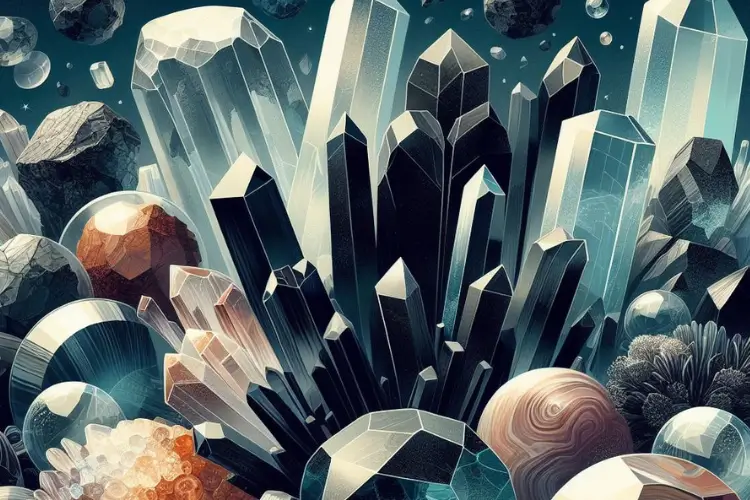
Which Rocks and Minerals Look Like Glass?
Rocks and minerals can be opaque with a waxy appearance. Some have an excellent shine on their surface. We will discuss rocks and minerals that look like glass to help you find the best crystals for your collection. Many know only diamonds, topaz, quartz, ruby, and obsidian have glass-like surfaces. You will be amazed that…
-
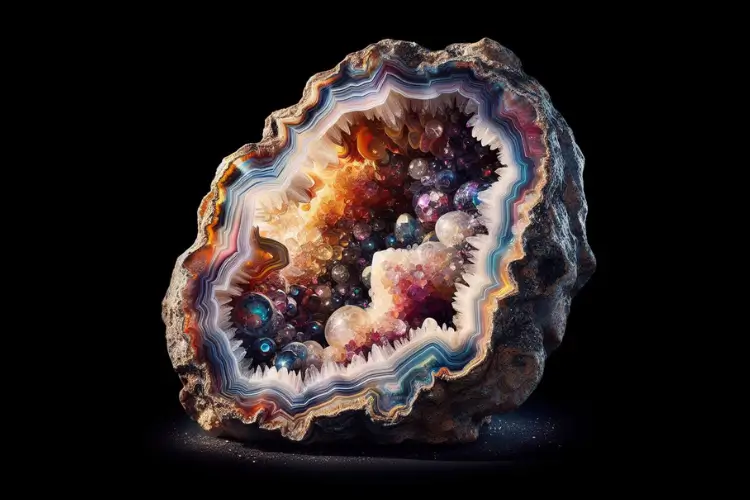
How to Crack a Geode Open with and without Tools?
You can crack a geode open with and without tools. You can use a stone to open a geode or tools such as a hammer, chisel, diamond saw blade, or iron pipe cutter. Geodes are spherical structures that occur naturally. They are not the same as other rocks because they have minerals on the inner…
-
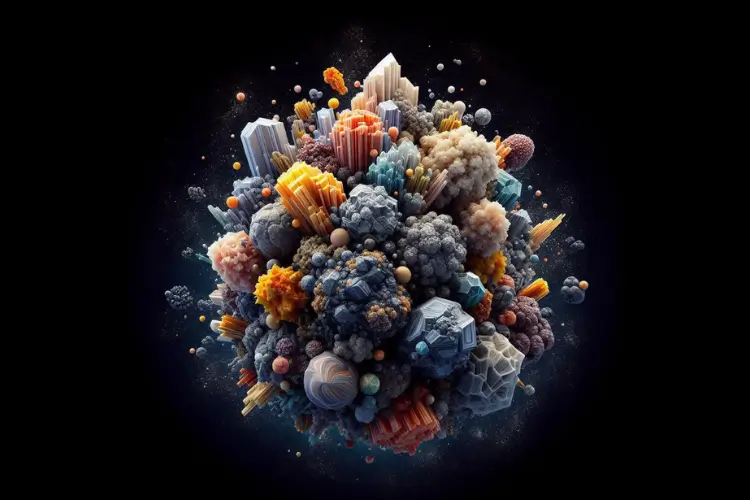
Which Common Mineral Is Composed Entirely of Silicon and Oxygen?
The minerals entirely composed of silicon and oxygen are known as silicates. These minerals can also have some impurities that consist of different compounds. Knowing which common mineral is composed entirely of silicon and oxygen, you can understand minerals better. Is Silicon a Component of Any of the Rocks That Contain Gold? Yes, silicon is…
-

5 Rocks that Contain Gold
People have been searching for gold for thousands of years. You have more chances of finding gold when you know about the rocks that contain gold. Sedimentary, metamorphic, quartz, granite, and igneous rocks can have gold. You need to learn specific rock types in these classes to mine at locations with more chances of finding…
-

What is the Hardest Rock and Hardest Mineral on Earth?
Metamorphic rocks are the hardest rock on Earth because they form under high heat and pressure. Minerals and rocks are different as diamond is the hardest mineral on earth due to its peculiar carbon structure. It is impossible to scratch the diamond with softer materials. It is also crucial to know that minerals and rocks…
-
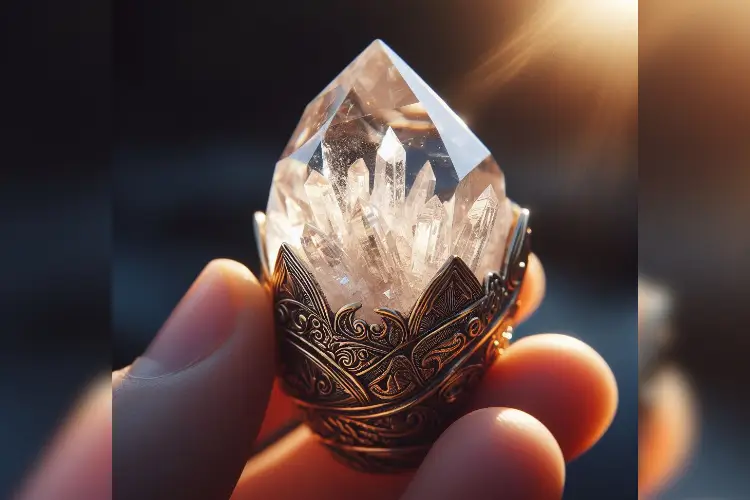
Quartz and Gold Relationship Simply Explained
Quartz is a mineral, and gold is a soft metal. Quartz and Gold relationship is important for gold miners. You can find Gold with the Quartz in one place as gold moves into the veins and cracks of the Quartz. The heat from the earth’s deep layers can heat them as they deposit in the…
-
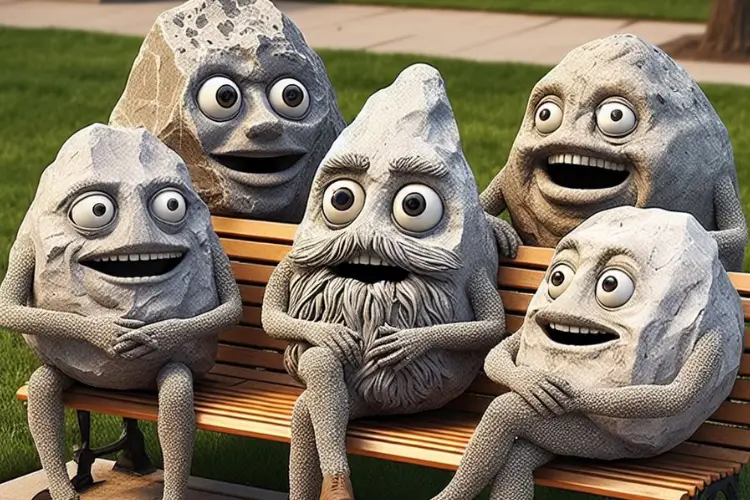
Are Rocks Alive?
Crystals and stone collectors are asking are rocks alive after scientists found all the DNA bases in the rocks. The simple answer is no, rocks are not alive. Rocks are non-living objects because they do not fulfill all requirements to classify them in the class of living creatures. Are Rocks Alive? We will explain the…
-

What Platy, Parallel, Mineral Grains Are the Most Visual Aspect of Foliated Metamorphic Rocks?
Micas have the most platy, parallel, mineral grains with extensive visual aspects of the foliated metamorphic rocks. It is due to the way these rocks form. Mica shows all the parameters of foliated metamorphic rocks because it forms under high pressure. Rocks that form under high-pressure force the minerals to distribute in the Y-plane. It…
-

How to Remove Rocks from Yard?
It is easier to remove the rocks from the surface than the ones with the parts inside the ground. You can remove the rocks easily after learning different aspects of how to remove rocks from the yard. You can decide if you want to remove them as they can make your yard look beautiful. There…
-
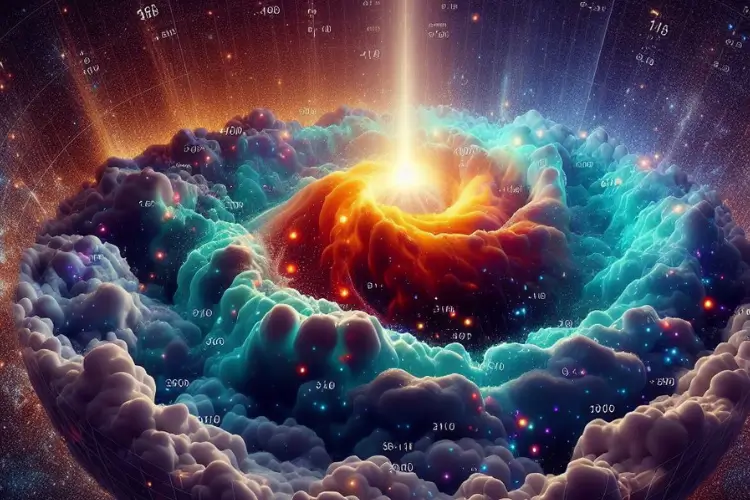
Earth Is Made Mostly of Metals and Rocks. Where Did This Material Come From?
Earth is made mostly of metals and rocks. Where did this material come from? This material was produced by a nuclear fusion in the stars. The fusion reaction started with the Big Bang. Stars have enormous gravity to merge uranium and other atoms and give different types of metals. Earth is made mostly of metals…
-
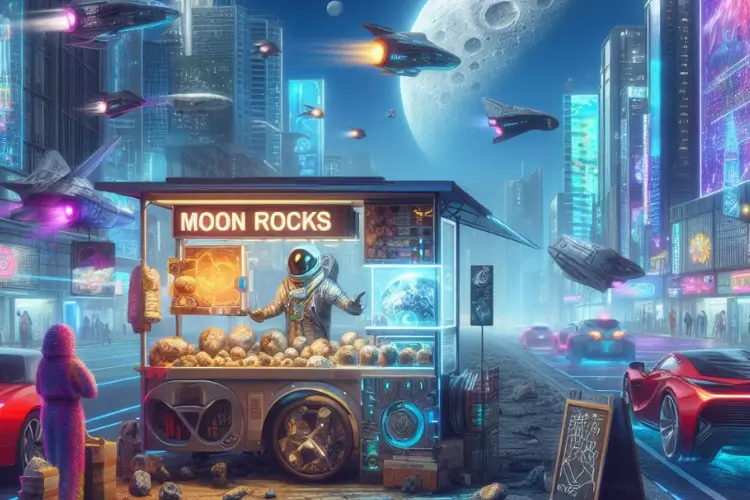
Why Is It Illegal to Sell Moon Rocks?
It is illegal to sell moon rocks because they are considered the nation’s treasures. The gray moon rocks were given as a gift to every single state of the United Nations and one hundred and thirty-six countries by former president Richard Nixon. These rocks have a value of millions on the black market. To everyone’s…
-

How to Move Large Rocks?
It is hard to move the big rocks because they hold the ground firmly. You can complete the rock-moving task efficiently if you learn how to move large rocks. It is impossible to move some stones with the force of the hands. You may need machines for heavy ones as you can learn about different…
-
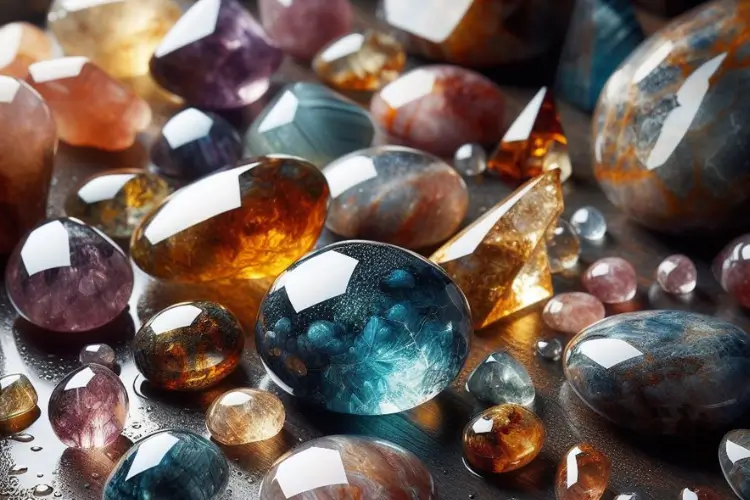
How to Make Rocks Look Wet?
Most people use a tumbler to give a wet look to the rocks. Many ask how to make rocks look wet using other ways. You may not like tumblers because it takes a long time to polish the stones with a tumbler. There are many methods to make the rocks look wet. Some are more…
-

What Are Rocks Below and Above a Fault Called?
The rocks below the fault are known as the footwall. A layer above the fault is the handing wall. Faults are the fractures that form between rocks to form two layers. Each layer is known as the fault. Many people ask what are rocks below and above a fault called because most confuse their names.…
-

Which Two Minerals Are Most Common in Detrital Sedimentary Rocks?
Quartz and clay are the two most common minerals in the detrital sedimentary rocks. It is the short answer to the question which two minerals are most common in detrital sedimentary rocks. You will find details about the detrital sedimentary rocks and mineral components in the sections below. What Minerals Are Most Common in Detrital…
-
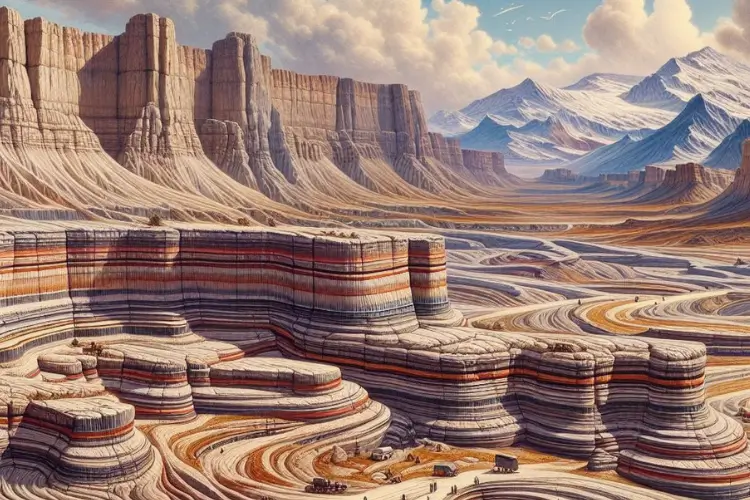
What Is Probably the Single Most Important, Original, Depositional Feature in Sedimentary Rocks?
Bedding or stratification is the single most characteristic feature of sedimentary rocks. Sedimentary rocks are available in the form of strata. It is a layer of minerals. A mineral layer will form on top of an existing mineral layer to make a large rock. Sedimentary rocks can appear with different types of bedding. Stratification, cross-bedding,…
-
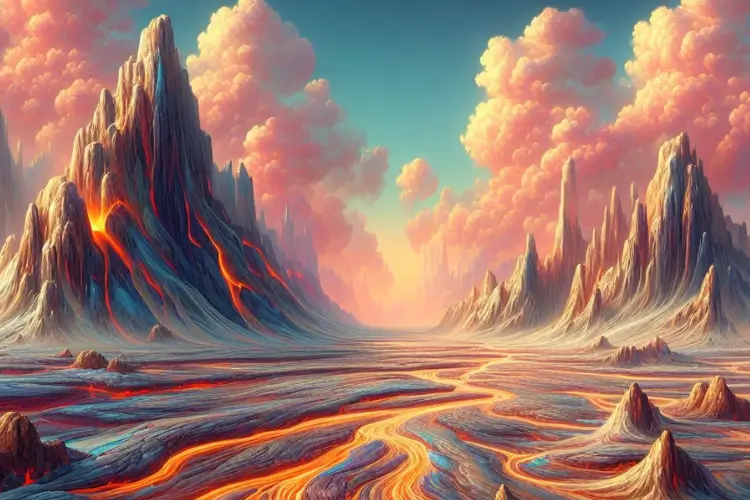
Rocks Melt at What Temperature Range?
Most rocks melt between 600 and 1300 degrees Celsius. This is not always correct because some rocks have higher melting points. It is hard to answer whether rocks melt at what temperature range because there are some exceptions in the melting point values. Some rocks are far from the average melting point. We will discuss…
-
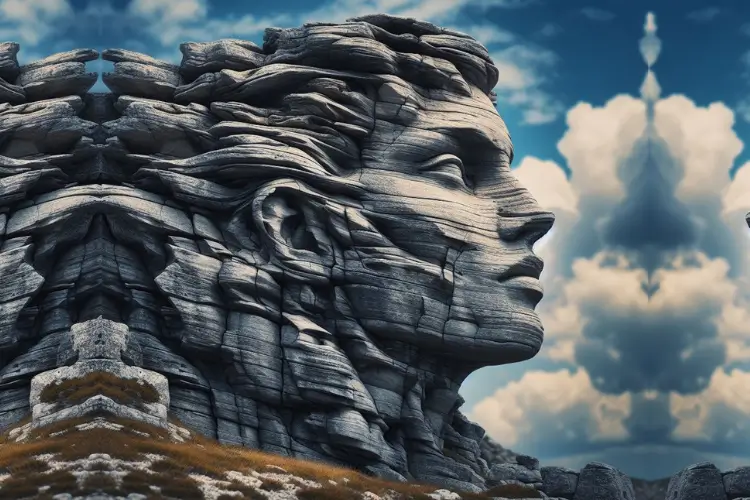
Do Metamorphic Rocks Look Like the Pre-existing Rock from Which They Form?
Do metamorphic rocks look like the pre-existing rock from which they form? Metamorphic rocks can look like pre-existing rocks sometimes. They do not always look like the pre-existing rock as they change form. Are Metamorphic Rocks Made from Pre-Existing Rocks? Yes, metamorphic rocks are made from pre-existing rocks as they form when the pre-existing rocks…
-

How to Place Rocks on a Slope to Stop Erosion?
To stop erosion on a slope, you can place rocks such as cobblestones, gravel, non-absorbent stone, and riprap. Use retaining walls, anchoring plant beds with big rocks, and create shorelines with a pock toe or a terrace from rocks. These tips should help stop erosion on a slope. Erosion is a global problem because it…
-
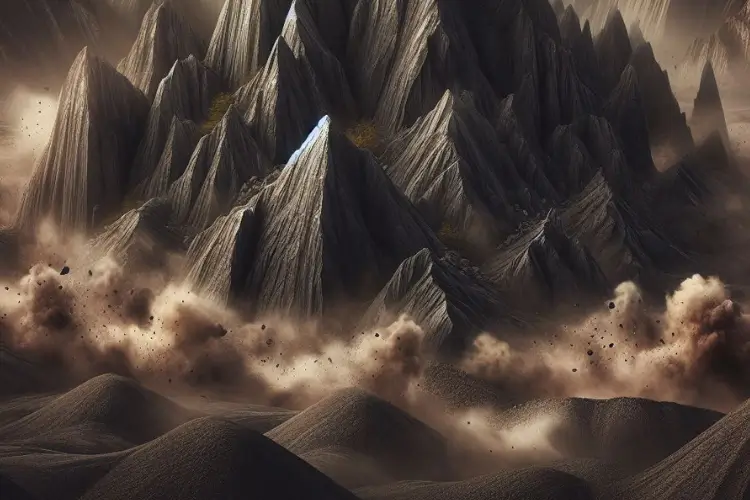
What Two Factors Speed up Rates of Chemical Reaction and Weathering in Rocks and Soils?
Some physical and chemical factors can increase the speed of the chemical reaction of rocks in the soil. Rocks will break into smaller pieces fast where more eroding factors affect the rocks. We will discuss the crucial natural forces that can affect the rocks. What Two Factors Speed up Rates of Chemical Reaction and Weathering…
